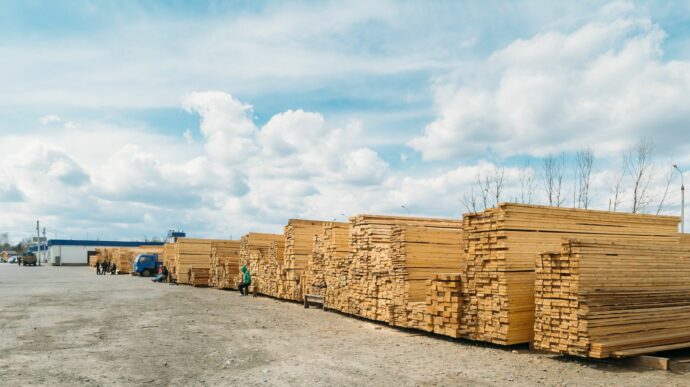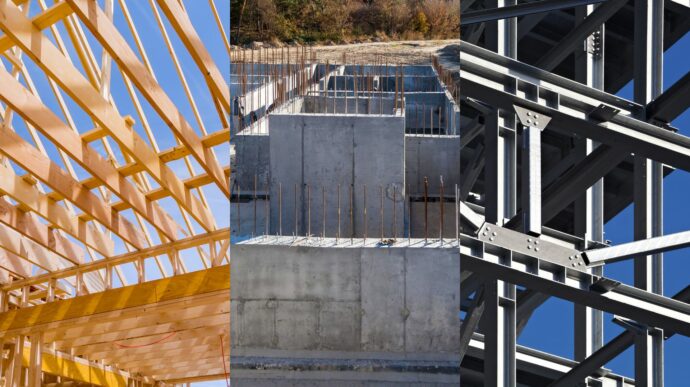Woodworking Trends to Watch in 2024
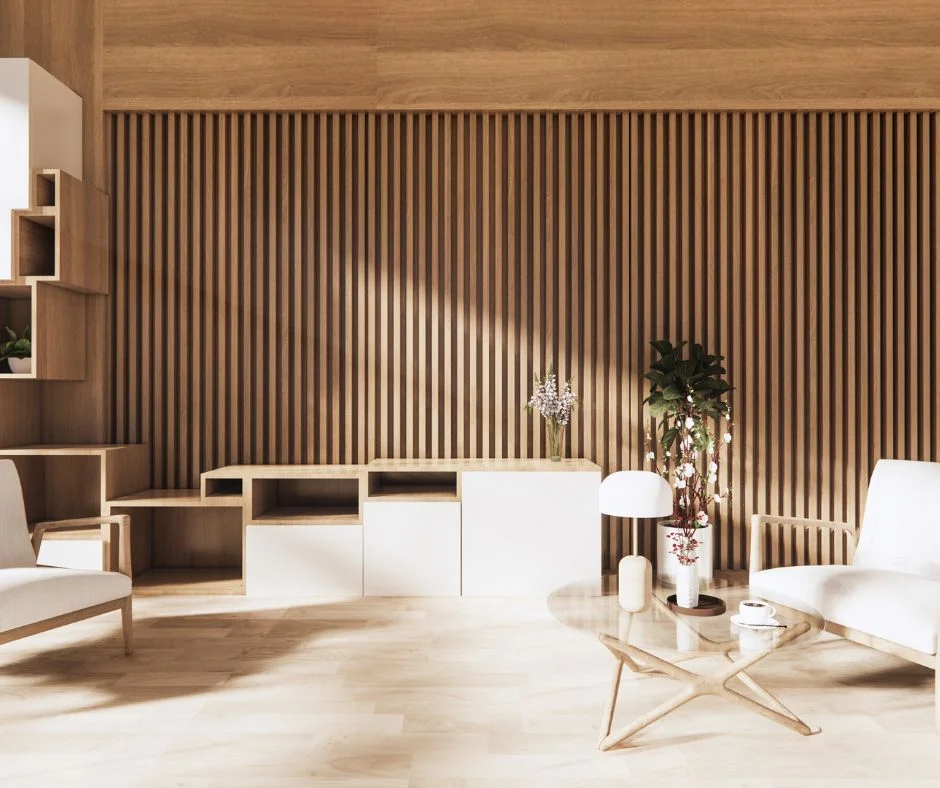
In today's world, where sustainability and eco-friendliness are at the forefront of design and construction, the use of wood has experienced a resurgence. It's not just about traditional lumber anymore; it's about innovative wood products, sustainable sourcing, and embracing the beauty of wood in various design applications. As we step into 2024, the future of wood design looks incredibly promising, with emerging trends that are set to revolutionize the way we perceive and utilize lumber. In this article, we'll delve into the lumber-centric trends of 2024, exploring sustainable sourcing, innovative wood products, and the evolving role of wood in interior design and construction.
Sustainable Sourcing of Wood for Design
Sustainability is a key factor driving the future of wood design. In 2024, we see a significant shift towards responsible forestry practices, with a focus on replenishing what is harvested. This approach not only ensures the longevity of forests but also supports the ecosystems that depend on them. From certified lumber suppliers to reforestation initiatives, the industry is embracing a more sustainable ethos, recognizing the intrinsic value of preserving our natural resources.
Furthermore, the resurgent interest in reclaimed wood perfectly encapsulates the industry's commitment to responsible forestry practices. Beyond traditional lumber, the allure of reclaimed wood lies in its inherent sustainability, offering a second life to timber sourced from aged structures like barns and factories. As the design landscape prioritizes transparency, the unique character of reclaimed wood, with its weathered patina and individual history, becomes a symbol of conscientious choices.
This trend not only aligns with the drive towards certified lumber suppliers and reforestation initiatives but also underscores the importance of making informed decisions about the origin of wood products. In embracing reclaimed wood, designers and consumers alike contribute to the longevity of forests and support ecosystems, showcasing how sustainability, as seen through the lens of reclaimed wood, is at the forefront of the future of wood design.
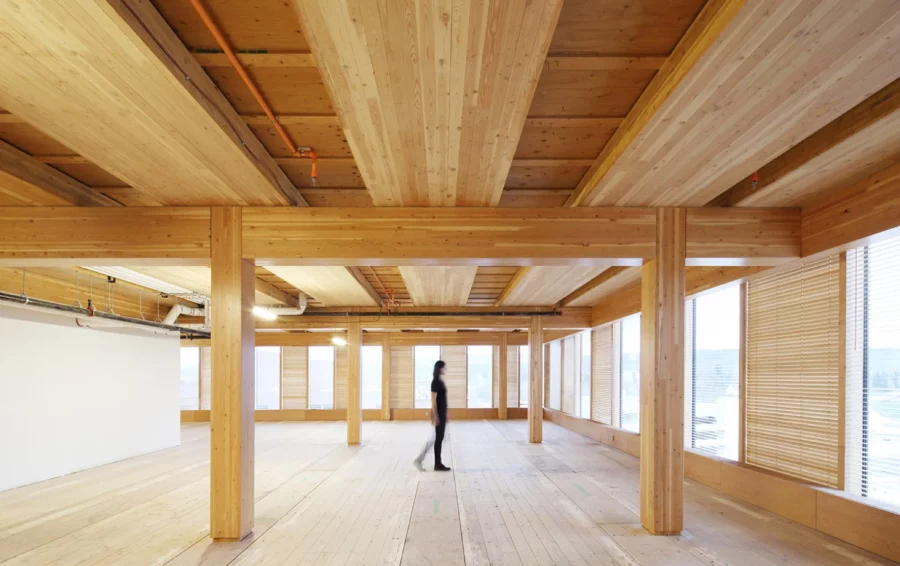
Engineered Wood Products
The landscape of wood design is evolving, thanks to the proliferation of innovative wood products that offer enhanced structural capabilities and design flexibility. In 2024, laminated veneer lumber (LVL), cross-laminated timber (CLT), Oriented Strand Board (OSB), Plywood, and wood laminate are at the forefront of this revolution. LVL, known for its exceptional strength and dimensional stability, is increasingly being used in construction, providing a sustainable alternative to traditional steel and concrete.
Similarly, CLT has gained prominence as a sustainable building material, with its ability to create large, load-bearing panels that rival the strength of conventional construction materials. The architectural possibilities presented by CLT are limitless, as they allow for the creation of sweeping wooden structures that blend aesthetics with structural integrity. Wood laminate, on the other hand, offers a versatile surface finish that can mimic the appearance of exotic woods, providing a cost-effective and sustainable solution for interior design applications.
The adoption of these innovative wood products signifies a paradigm shift in the design and construction industries, where sustainability and performance go hand in hand. As we embrace the exquisite lumber-centric trends of 2024, these products pave the way for a more sustainable and aesthetically diverse future.
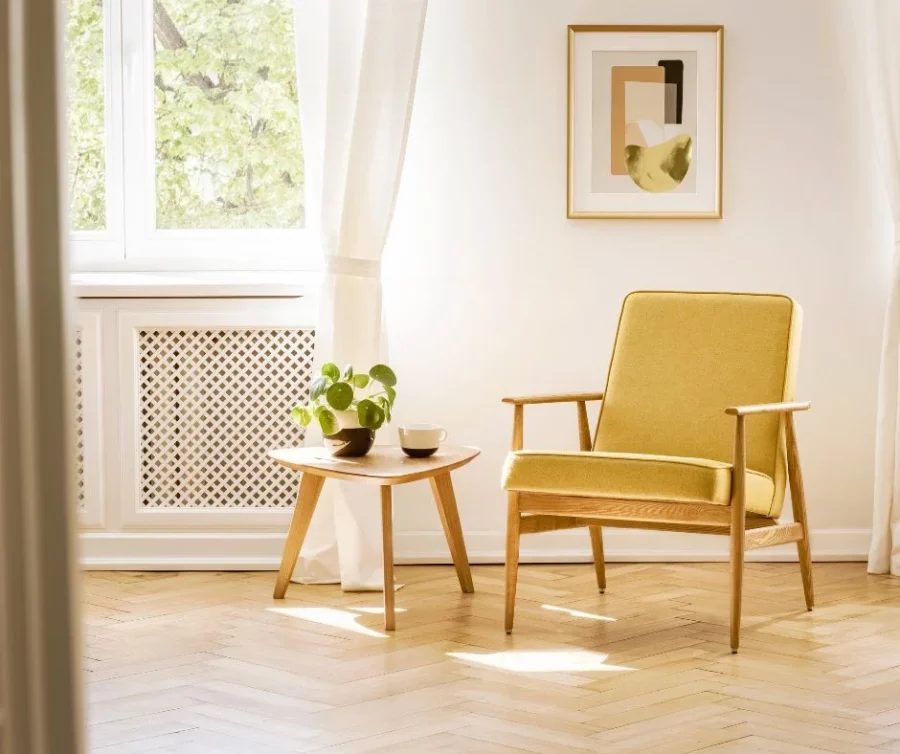
Wood Design in Interior Design
Wood has always been a beloved material in interior design, evoking a sense of warmth, natural beauty, and timeless elegance. In 2024, we witness a renaissance of wood design in interior spaces, where the focus is not just on the material itself, but on the artistry of its application. From statement wooden furniture pieces to intricate wood paneling, interior designers are harnessing the versatility of wood to create captivating environments that exude sophistication and comfort.
One of the key trends in wood design for interior spaces is the integration of pine, herringbone flooring, and reclaimed wood.
These not only add a unique character to the design but also aligns with the ethos of environmental consciousness. Moreover, the use of wood in interior design extends beyond aesthetics, as it contributes to a healthier indoor environment by regulating humidity and promoting better air quality.
As we look to the future, the intersection of technology and wood design in interiors is set to redefine the way we perceive and interact with wooden elements.
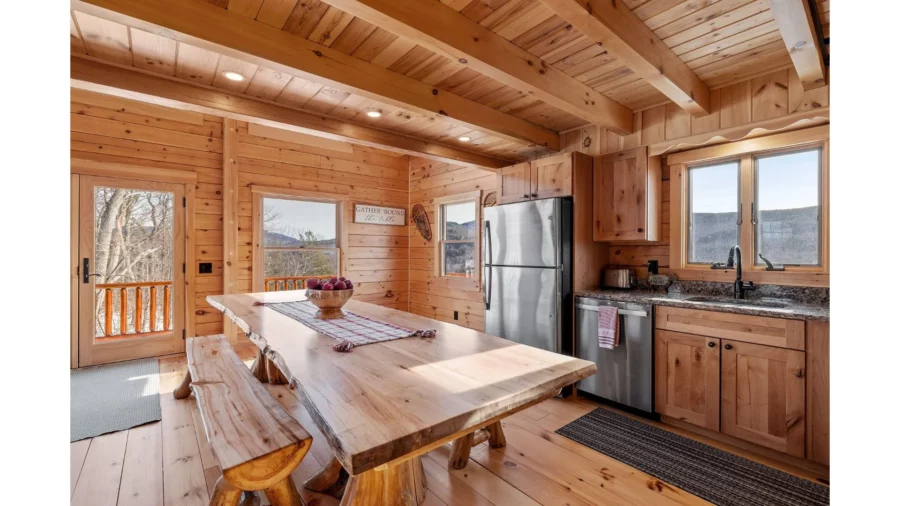
Wood Design in Construction
The role of wood in construction has undergone a remarkable transformation, with architects and builders embracing its structural and environmental benefits. In 2024, wood design in construction extends beyond traditional applications, as the industry explores the potential of tall timber buildings, modular wooden structures, and sustainable urban developments.
Tall timber buildings, often referred to as "plyscrapers," are a manifestation of the future of wood design in construction. With advancements in engineered wood products and construction techniques, these wooden skyscrapers are challenging the conventional wisdom of building with steel and concrete, offering a sustainable and visually striking alternative. The use of wood in construction not only reduces the carbon footprint but also contributes to the creation of healthier and more resilient urban environments.
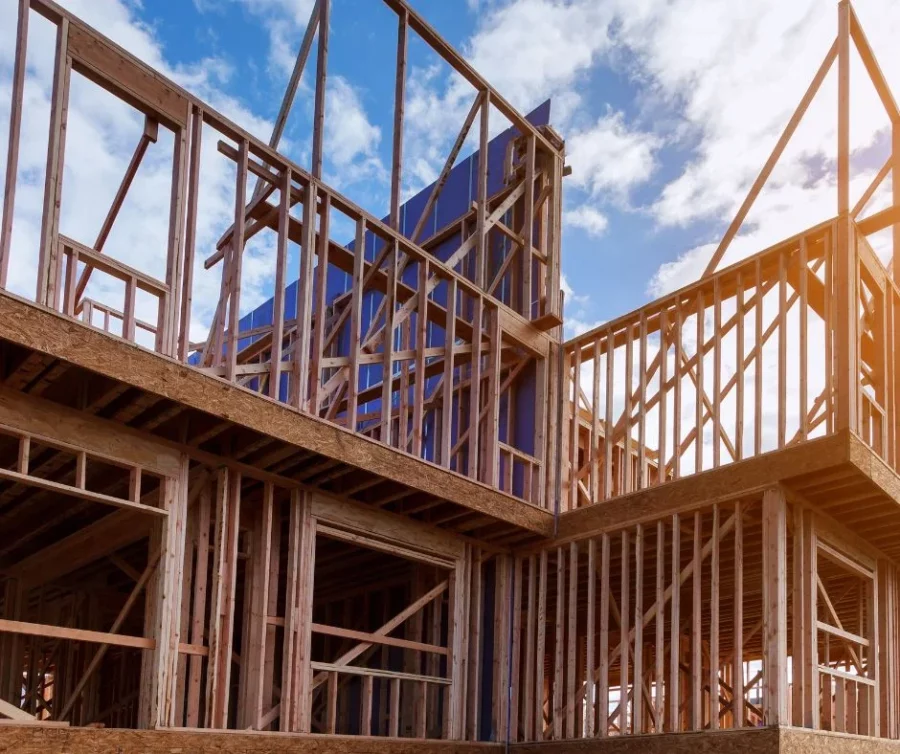
Emerging Trends in Lumber-Centric Design
The world of lumber-centric design is abuzz with emerging trends that are redefining the possibilities of wood in the contemporary design landscape. From sculptural wooden installations to dynamic parametric designs, the boundaries of what wood can achieve are being continuously pushed. In 2024, we see an increasing convergence of traditional craftsmanship with cutting-edge technology, resulting in bespoke wood designs that blend artistry with precision.
Natural wood finishes and stains are also gaining traction, offering eco-friendly solutions that enhance the natural beauty of wood. These advancements not only extend the lifespan of wood products but also contribute to the overall sustainability of the design industry.
The concept of biophilic design, which seeks to connect built environments with nature, is driving the integration of wood in innovative and organic ways. From biophilic office spaces that incorporate natural wood elements to public installations that celebrate the tactile and visual appeal of wood, the influence of biophilic principles is reshaping the way we engage with wood in design. As we venture into the future, these emerging trends in lumber-centric design are poised to elevate the aesthetic, functional, and sustainable potential of wood in the global design discourse.
The Future of Wood Design - 2024 and Beyond
As we gaze into the future of wood design, it's evident that the allure of lumber-centric trends will continue to captivate designers, architects, and developers alike. The convergence of sustainability, innovation, and aesthetic appeal has positioned wood as a timeless and indispensable material in the design and construction industries. With a renewed emphasis on sustainable sourcing, the proliferation of innovative wood products, and the evolving role of wood in interior design and construction, the stage is set for a renaissance of wood design in 2024 and beyond.
As we navigate the challenges and opportunities that lie ahead, one thing remains certain – the future of wood design is bright, bold, and boundless.
Explore the possibilities of wood design and embrace the future of sustainable and innovative lumber-centric trends in your next project.
